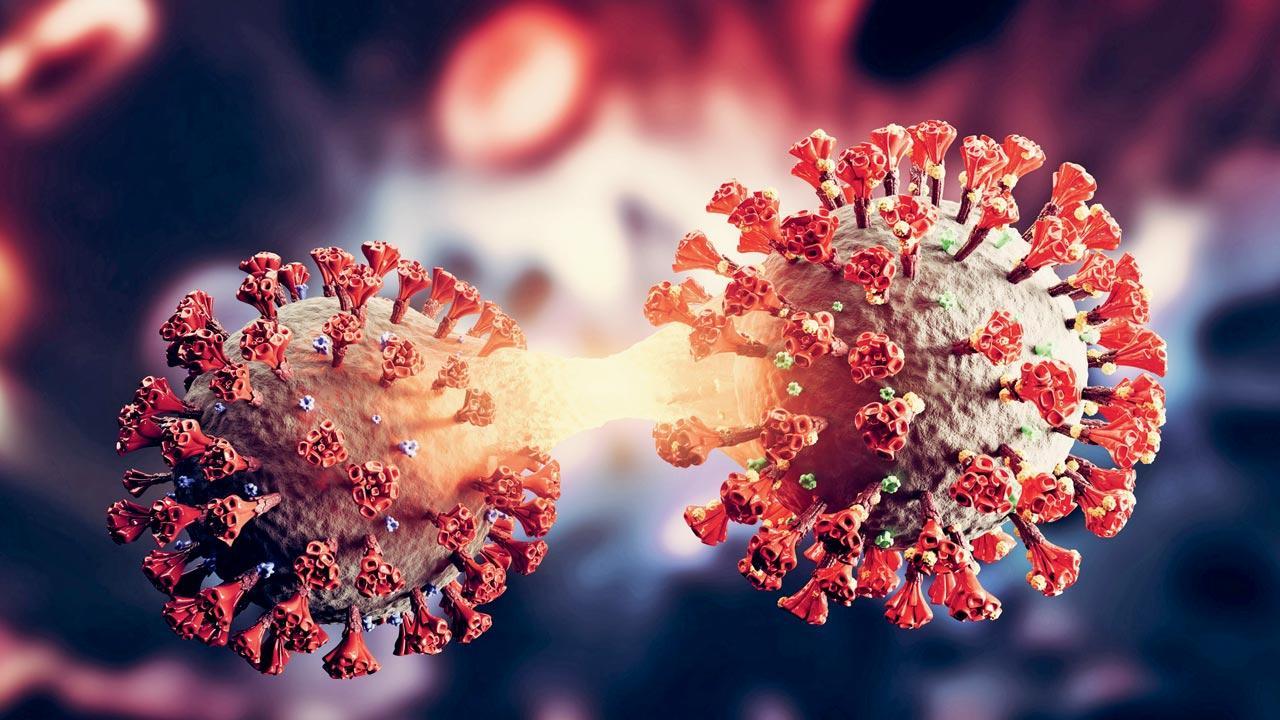Cardiovascular diseases on the rise among young citizens post-COVID-19

Health experts are concerned about a recent increase in cardiovascular disease cases (CVD) among the young as revealed by a survey conducted by leading institutes in the US. They emphasise the importance of timely intervention and routine check-ups to prevent complications like acute coronary events, myocardial injury, and heart failure.
Unknown symptoms
“COVID-19, as a new pandemic, still presents many unknown symptoms and consequences. Over the past four years, a significant portion of the population has experienced COVID-19 infections, leading to CVD complications like acute coronary events, myocardial injury, and heart failure. Blood clotting in vital organs poses challenges in patient care, mediated by autoantibodies and inflammatory enzymes. Minor clotting incidents, often unreported in many developing countries, are increasingly linked to subsequent COVID episodes, contributing to heart attacks and strokes,” said Dr Subhash Hira, Professor of Global Health at the University of Washington-Seattle and an advisor to WHO-Geneva.
Dr Wiqar Shaikh, Professor of Medicine, Grant Medical College & Sir J.J. Group of Hospitals; (right) Dr Subhash Hira, member, COVID consultative panels-WHO
Two Survey’s raise alarm
Dr Wiqar Shaikh, a Professor of Medicine at Grant Medical College and Sir J J Group of Hospitals highlights a concerning trend: an uptick in heart attacks among younger adults. Surveys from the Cardiometabolic Institute in New Jersey reveal a shift, with one in five heart attacks now occurring in those under 40.
“COVID-19 exacerbates this risk, damaging the heart and blood vessels. Contributing factors include diabetes, high blood pressure, high cholesterol, obesity, excessive alcohol and tobacco use, substance abuse, stress, inactivity, poor sleep, and unhealthy diets,” said Dr Sheikh.
CVD rise in young adults
“Before the COVID-19 pandemic, common contributors to cardiovascular diseases in the USA included hypertension, diabetes, obesity, high cholesterol, triglycerides, and smoking, along with factors like sedentary lifestyles, poor diet choices, and genetic predispositions. However, post-pandemic, 3-5 per cent of patients, even those who had mild cases, developed CVD following recovery from COVID-19,” Dr Shaikh added.
Monitor heart and lungs regularly
“The emergence of CVD in post-COVID patients, including conditions like cardiomyopathy, heart attack, stroke, blood clotting, heart failure, and even death, has raised concerns about the virus`s long-term health impacts. Studies suggest that 3-5 per cent of COVID patients in the West develop CVD, possibly due to prolonged inflammation and damage to the cardiovascular system. Patients are now advised to closely monitor their heart and lung health, avoid excessive physical exertion, and seek medical attention if they experience any symptoms of cardiovascular disease. (Nature Medicine, 2022),” said Dr Subhash Hira, professor of Global Health at the University of Washington-Seattle and a member of COVID consultative panels of WHO-Geneva.
Numbers speak
“In India, there`s concern over acute heart attacks and deaths among young adults in 30s and 40s have raised alarm in communities have attributed to vigorous exercise, poor lipid profiles, and genetic myopathies. Some post-COVID studies show less than 0.5 per cent of vaccine recipients may face inflammation and CVD risks. If true, up to 74 crore Indians received two vaccine doses in three years, with 0.1-0.5 per cent at CVD risk. The Ayushman Bharat Mission plans Wellness clinics nationwide to tackle non-communicable diseases, including CVD, a commendable initiative,” added Dr Hira.
Missed routine health check-up
Dr Robin Pinto, a well-known, consulting cardiologist from Bandra, replied in the affirmative stating that there is indeed a rise in the number of cases involving young people getting cardiovascular diseases which has increased post the COVID-19 outbreak.
During the first wave of the COVID-19 outbreak and subsequent lockdowns, many avoided regular health check-ups. Those with underlying health issues, fearing infection, stayed away from hospitals, leading to deteriorating health and increased risk of stroke or heart attack. Emergency Room doctors have seen a rise in cases, often involving young individuals with symptoms like chest pain, backache, and sweating, exacerbated by factors like sedentary lifestyles, lack of sleep, high stress, and substance abuse.
Warning signs
Dr Shaikh referenced an Ohio State Medical University survey listing heart attack warning signs: chest discomfort, radiating pain, breathing difficulties, nausea, sweating, dizziness, fatigue, and palpitations. He stressed immediate medical attention for anyone experiencing these symptoms and noted the scarcity of studies on heart attacks in young Indians, attributing it to smaller arteries in this population.

Atul Tiwari is a seasoned journalist at Mumbai Times, specializing in city news, culture, and human-interest stories. With a knack for uncovering compelling narratives, Atul brings Mumbai’s vibrant spirit to life through his writing.





